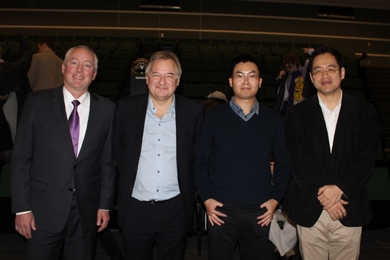Imaging with an “optical brush”
New imaging system uses an open-ended bundle of optical fibers — no lenses, protective housing needed.
Gravitational waves detected 100 years after Einstein’s prediction
LIGO opens a new window on the universe with the observation of gravitational waves from colliding black holes.
Q&A: Rainer Weiss on LIGO’s origins
MIT physicist developed the concept for LIGO as a teaching exercise.
Scientists make first direct detection of gravitational waves
LIGO signal reveals first observation of two massive black holes colliding, proves Einstein right.
Sneezing produces complex fluid cascade, not a simple spray
High-speed imaging shows how fluid breaks apart in air, may help identify super-spreaders.
Study: China’s new policies will lower CO2 emissions faster, without preventing economic growth
MIT professor sees coal use peaking within next decade and emissions dropping soon after.
Riddle of cement’s structure is finally solved
Findings may guide development of formulas to make the material more durable, less CO2-intensive.
Uncovering the secrets of elastin’s flexibility
Protein that gives blood vessels and skin their stretchability has its molecular properties revealed.
Computer science meets economics
Constantinos Daskalakis adapts techniques from theoretical computer science to game theory.
Do venture capitalists matter?
Yes, finds a study — especially when direct flights help them visit their investments more often.
Radiation physics today for materials science tomorrow
In the 2016 Del Favero Doctoral Thesis Prize Lecture, Mingda Li PhD '15 describes how radiation can help us understand and design new materials.


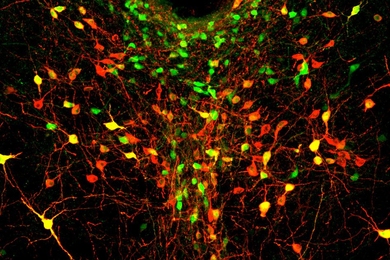

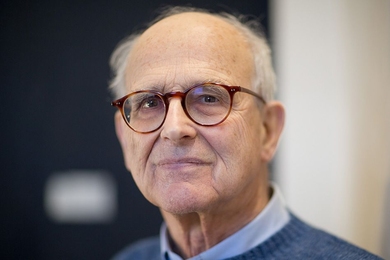
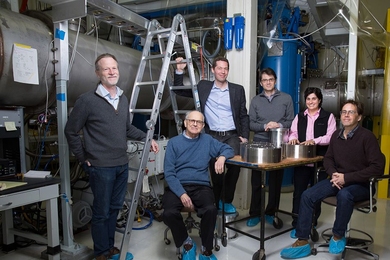
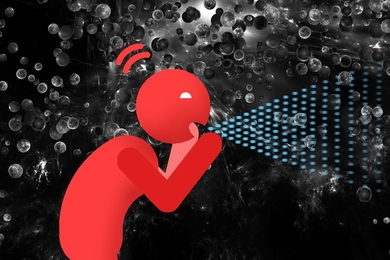

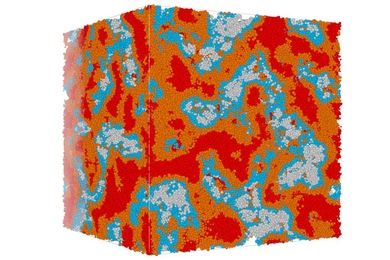

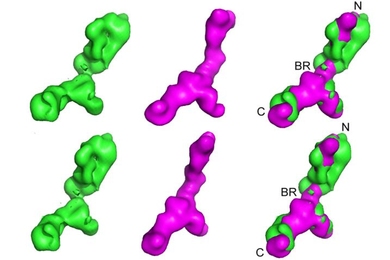

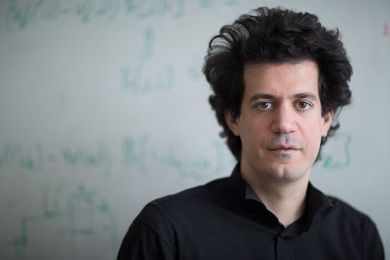
![“Suppose you want to promote entrepreneurship in a given area,” MIT’s Xavier Giroud says. “One policy could be to promote the availability of [more] direct flights between the area and VC hubs.”](/sites/default/files/styles/term_page__news_article/public/images/201602/MIT-VC-Monitoring.jpg?itok=_BOI3jbL)
